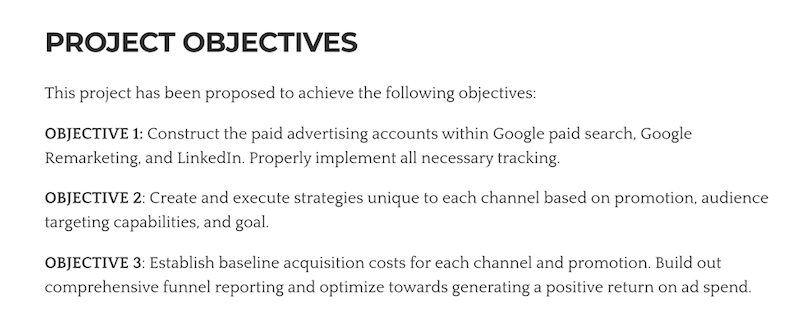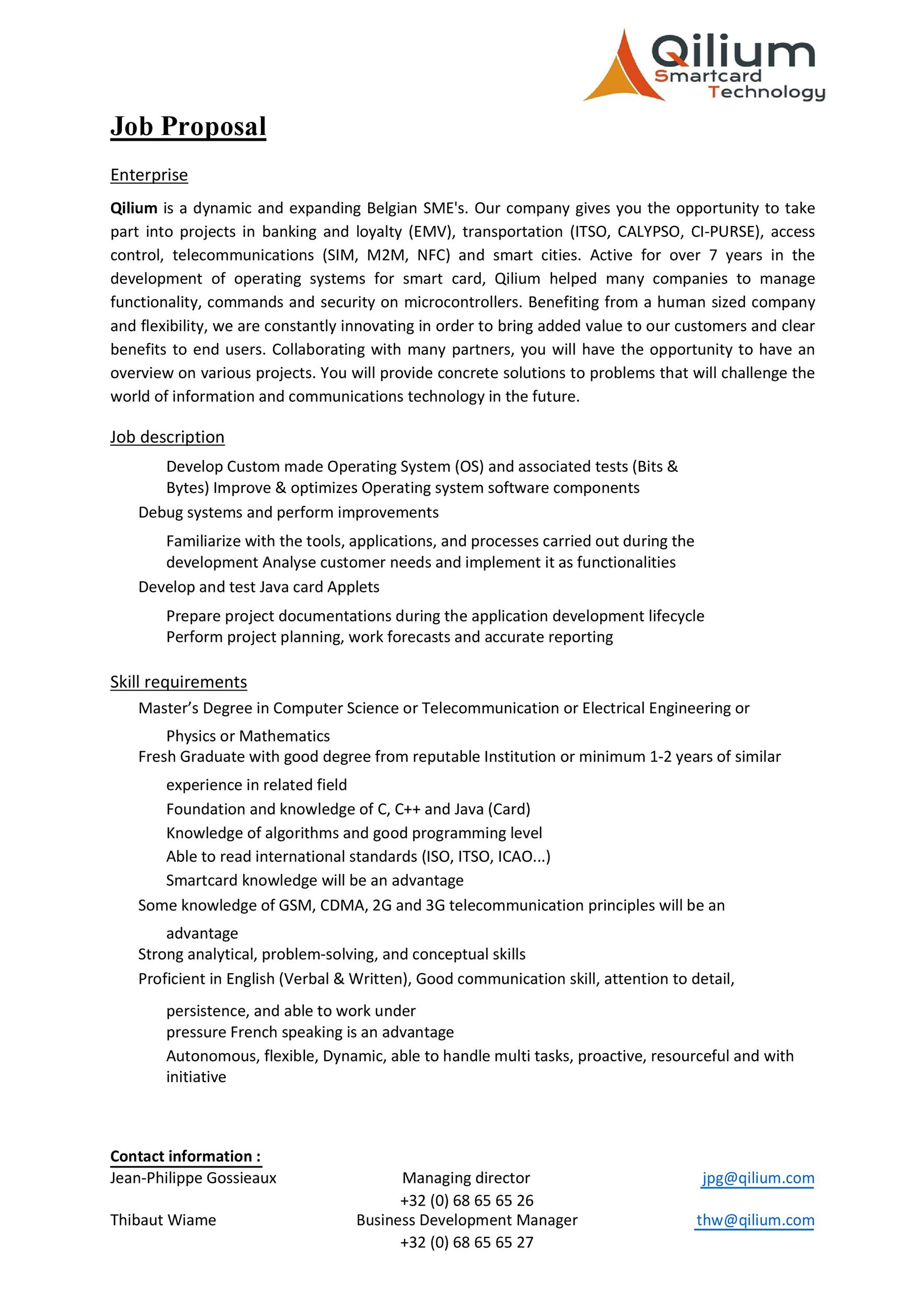How to Write a Winning Business Proposal

In the competitive world of business, first impressions matter. A well-crafted business proposal can be the key that unlocks new opportunities, secures lucrative contracts, and propels your company to the next level. Imagine your proposal as a golden ticket, capable of opening doors to partnerships, investments, and growth. But how do you ensure your proposal stands out from the crowd? Let's dive into the art of crafting a winning business proposal that captivates, persuades, and ultimately, wins over your audience.
Understanding the Basics
Before we delve into the specifics, let's clarify what a business proposal is. Simply put, it's a document that outlines your business idea, product, or service to potential clients, investors, or partners. It's your sales pitch in written form, designed to convince the reader that your proposal is the best solution to their needs.
Why a Winning Proposal Matters
A winning business proposal is more than just a document; it's a strategic tool that can significantly impact your sales strategy. It's your chance to showcase your expertise, demonstrate your value, and build trust with your audience. A well-crafted proposal can be the difference between securing a deal and missing out on a valuable opportunity.
Crafting a Compelling Introduction
The introduction of your business proposal is like the opening scene of a movie. It sets the tone and captures the reader's attention. Start with a hook—a compelling statement, question, or fact that immediately engages the reader. For example, "Did you know that 70% of businesses fail to meet their goals due to ineffective strategies? Our solution can change that."
The Power of Personalization
Personalization is key. Address the reader directly and show that you understand their specific needs and challenges. Use personal pronouns like "you" and "your" to create a connection. For instance, "Your business faces unique challenges, and our solution is tailored to address them effectively."
Structuring Your Proposal
A well-structured proposal is easy to navigate and understand. Use clear and concise headings and subheadings to guide the reader through your document. Here’s a basic structure to follow:
1. Executive Summary
This section provides a brief overview of your proposal. Think of it as a snapshot that summarizes the key points. It should be concise yet compelling, giving the reader a taste of what's to come.
2. Problem Statement
Identify the problem that your product or service aims to solve. Be specific and use data or statistics to support your claims. For example, "According to recent studies, inefficient project management costs businesses millions annually. Our solution addresses this issue head-on."
3. Proposed Solution
Here, you outline your solution in detail. Explain how your product or service addresses the identified problem. Use persuasive writing to highlight the benefits and unique features of your offering.
4. Methodology
Describe the steps you will take to implement your solution. Break it down into manageable parts and use visuals like charts or diagrams to illustrate your process.
5. Timeline and Milestones
Provide a clear timeline for the project, including key milestones. This helps the reader understand the scope and pace of the project.
6. Budget and Pricing
Be transparent about the costs involved. Break down the budget into categories and explain how each cost contributes to the overall value of your proposal.
7. Conclusion and Call to Action
Summarize the key points of your proposal and include a clear call to action. Encourage the reader to take the next step, whether it's scheduling a meeting, signing a contract, or providing feedback.
Persuasive Writing Techniques
Persuasive writing is the backbone of a successful proposal. Here are some techniques to make your writing more compelling:
Use Active Voice
Active voice makes your writing more engaging and direct. For example, instead of saying "The project will be completed by our team," say "Our team will complete the project."
Keep It Simple
Avoid jargon and complex language. Use simple, clear language that anyone can understand. This makes your proposal accessible and easy to read.
Engage the Reader
Use rhetorical questions to engage the reader and make them think. For example, "Wouldn't you like to see a 30% increase in your sales within the next quarter?"
Incorporate Analogies and Metaphors
Analogies and metaphors can make complex ideas more relatable. For example, "Our solution is like a GPS for your business, guiding you through the complexities of project management."
Utilizing a Proposal Template
Using a proposal template can save you time and ensure consistency. There are numerous templates available online that you can customize to fit your needs. Here are a few resources to get you started:
SEO-Friendly Elements
Incorporating SEO-friendly elements can help your proposal reach a wider audience, especially if it's published online. Use keywords like "how to write a winning business proposal," "business pitch," "proposal template," "persuasive writing," "successful proposal," and "sales strategy" naturally throughout your document.
Latent Semantic Indexing (LSI) Keywords
LSI keywords are related terms that help search engines understand the context of your content. Include phrases like "effective business proposal," "winning proposal tips," and "business proposal examples" to enhance your SEO.
Conclusion
Crafting a winning business proposal is an art that combines persuasive writing, strategic thinking, and a deep understanding of your audience's needs. By following the structure and techniques outlined in this article, you can create a proposal that captivates, persuades, and ultimately, wins over your audience. Remember, your proposal is your golden ticket to new opportunities. Make it count.
FAQs
1. What is the most important part of a business proposal?
The most important part of a business proposal is the executive summary. It provides a brief overview of your proposal and sets the tone for the rest of the document.
2. How long should a business proposal be?
The length of a business proposal can vary depending on the complexity of the project. However, a typical proposal should be between 5 to 15 pages long.
3. What are some common mistakes to avoid in a business proposal?
Common mistakes to avoid include using jargon, being too vague, not addressing the reader's specific needs, and failing to proofread for errors.
4. How can I make my business proposal stand out?
To make your business proposal stand out, use persuasive writing techniques, personalize the content, and include visuals like charts or diagrams to illustrate your points.
5. What should I do after submitting my business proposal?
After submitting your business proposal, follow up with the recipient to ensure they received it and to answer any questions they may have. This shows your commitment and professionalism.


Belum ada Komentar untuk "How to Write a Winning Business Proposal"
Posting Komentar